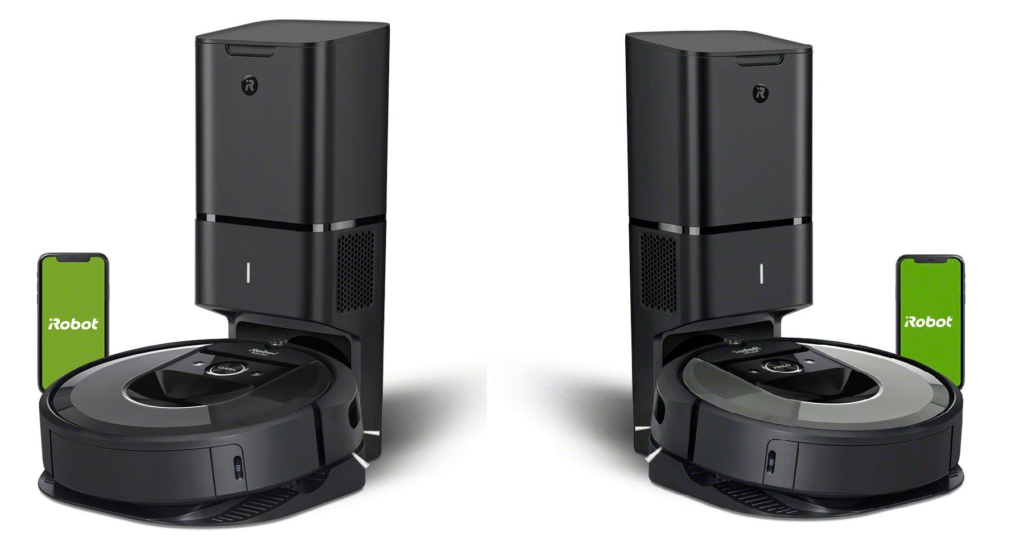If you found your way to this article, chances are you’re standing in the vacuum aisle of Costco trying to discern the differences between the Roomba i8+ and the i7+. This article will explain what the differences are between these two popular vacuums. Let’s get straight to it.
Contents
- 1 Differences between the Roomba i8+ and i7+
- 2 Difference 1 – The Roomba i8+ has a bigger battery with a runtime of 90 minutes, whereas the i7+ has a runtime of 75 minutes.
- 3 Difference 2. The i8+ comes with a Virtual Wall Barrier, the i7+ does not.
- 4 Difference 3. The two models come with slightly different accessories.
- 5 What about Roomba i7 and i8, without the plus?
- 6 Similarity 1. Both the i7+ and i8+ have smart navigation and the ability to map your house.
- 7 Similarity 2. Both models are auto-emptying.
- 8 Similarity 3. Both have “keep-out zones” and specific room cleaning.
- 9 Conclusion
Differences between the Roomba i8+ and i7+
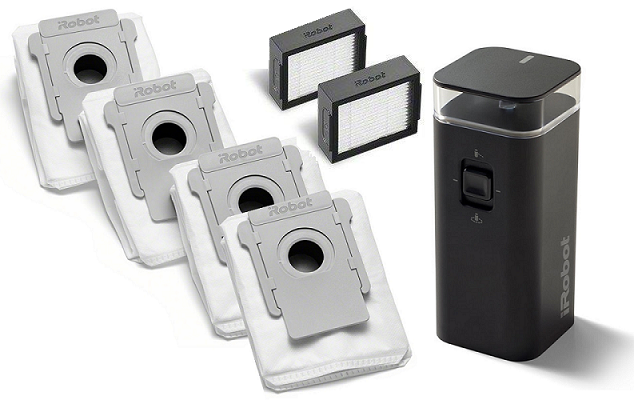
The first difference between the i8+ and the i7+ is the runtime. The i8+ runs for a maximum of 90 minutes before needing to recharge whereas the i7+ runs for 75 minutes. The second difference is the included accessories. The i8+ includes a virtual wall barrier, 4 disposal bags, and 2 filters. The Roomba i7+ does not include a virtual wall barrier accessories but has 5 disposal bags and 1 filter.
That’s the short version. For the long version, let’s take a closer look at each difference in detail.
Difference 1 – The Roomba i8+ has a bigger battery with a runtime of 90 minutes, whereas the i7+ has a runtime of 75 minutes.
Battery size used to be a big deal for robot vacuums. However, with the introduction of recharge and resume on the Roomba 900 series, battery size is not as important as it used to be.
With recharge and resume, when the Roomba is almost out of juice, it will pause and record where it has already cleaned, return to the docking station to recharge, then continue cleaning where it left off after recharging. This makes the battery life much less important, because it will clean your entire floor no matter what.
The only scenario where battery life might play an important role is if you have an extra large floor plan and don’t want the Roomba to take all day to clean. That said, 75 and 90 minutes is not that big of a difference.
Difference 2. The i8+ comes with a Virtual Wall Barrier, the i7+ does not.
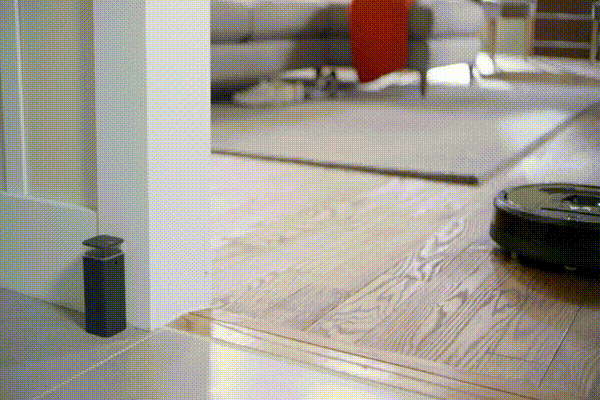
The Virtual Wall Barrier is a beacon that you can put anywhere in the house to tell the Roomba to stay away. An example of such a place would be around a pet water bowl or a decoration that could easily be knocked over.
However, both the i8+ and i7+ have the “keep out zone” feature, which lets you do essentially the same thing using just your smartphone. This feature renders the Virtual Wall barrier a nice-to-have instead of a necessity.
Difference 3. The two models come with slightly different accessories.
The differences in the accessories are small. The i8+ comes with 4 disposal bags vs 5 bags in the i7+. The i8+ has two extra high-efficiency filters whereas the i7+ only has one extra.
What about Roomba i7 and i8, without the plus?
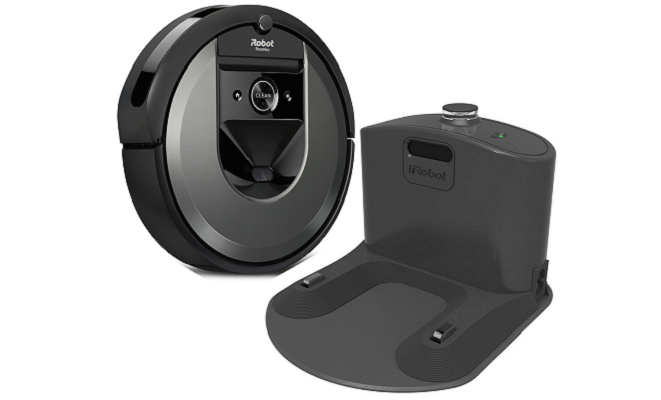
The i7+ has a younger brother, the i7. The i7 is the exact same vacuum as the i7+, just without the auto-emptying home base. All other features are identical, just without the ability to empty itself when done vacuuming.
I was not able to find the i8 available for sale anywhere, but if it exists, it will likely be the same vacuum as the i8+, just without the auto-emptying home base.
Now let’s take a look at the similarities between the i7+ and i8+.
Since they are essentially the same vacuum, both models are equipped with cameras and floor sensors to map your home and clean it efficiently. Smart navigation means no more random bumping and turning like first-generation robot vacuums.
After running a couple cleans, the vacuums will learn the layout of your home. This allows them to clean more efficiently, saving time and electricity.
Similarity 2. Both models are auto-emptying.
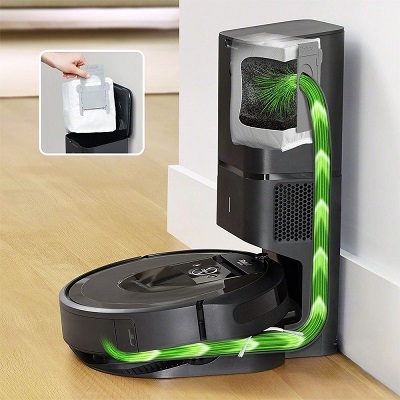
The Roomba i7+ and i8+ both have the ability to empty themselves after they are done vacuuming.
After each cleaning cycle (or sensing that the dustbin is full), the Roomba i7+/i8+ will return to its docking station and have the contents of its dustbin sucked into the disposal bag of the docking station.
This means that you only have to change the disposal bag when it gets full. Good feature for those who hate emptying dustbins.
Similarity 3. Both have “keep-out zones” and specific room cleaning.
The Roomba i7+ and i8+ are both high end Roombas, which gives them advanced features.
Keep-out zones are places you designate on your floorplan (using the iRobot app) to tell the Roomba to stay away. If you have a room or particular area that you don’t want cleaned, just draw a box around that area and the i7+ or i8+ will know to stay away.
Specific room cleaning is what it sounds like. Since the Roomba knows your floor plan, you can name each room and tell the Roomba to clean just that room instead of the entire house. I find this feature particularly useful. For example, my kitchen is usually the room that needs cleaning the most. Specific room cleaning lets me tell the Roomba to vacuum just the kitchen (or master bedroom, or bathroom) and skip all other areas of the house.
Conclusion
Which Roomba should you get? Either model will do fine. The i8+ is just Costco’s packaging of the Roomba i7+. If the Virtual Wall Barrier is a must, then get the i8+. Otherwise, they are practically identical and the choice just comes down to the price.
